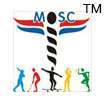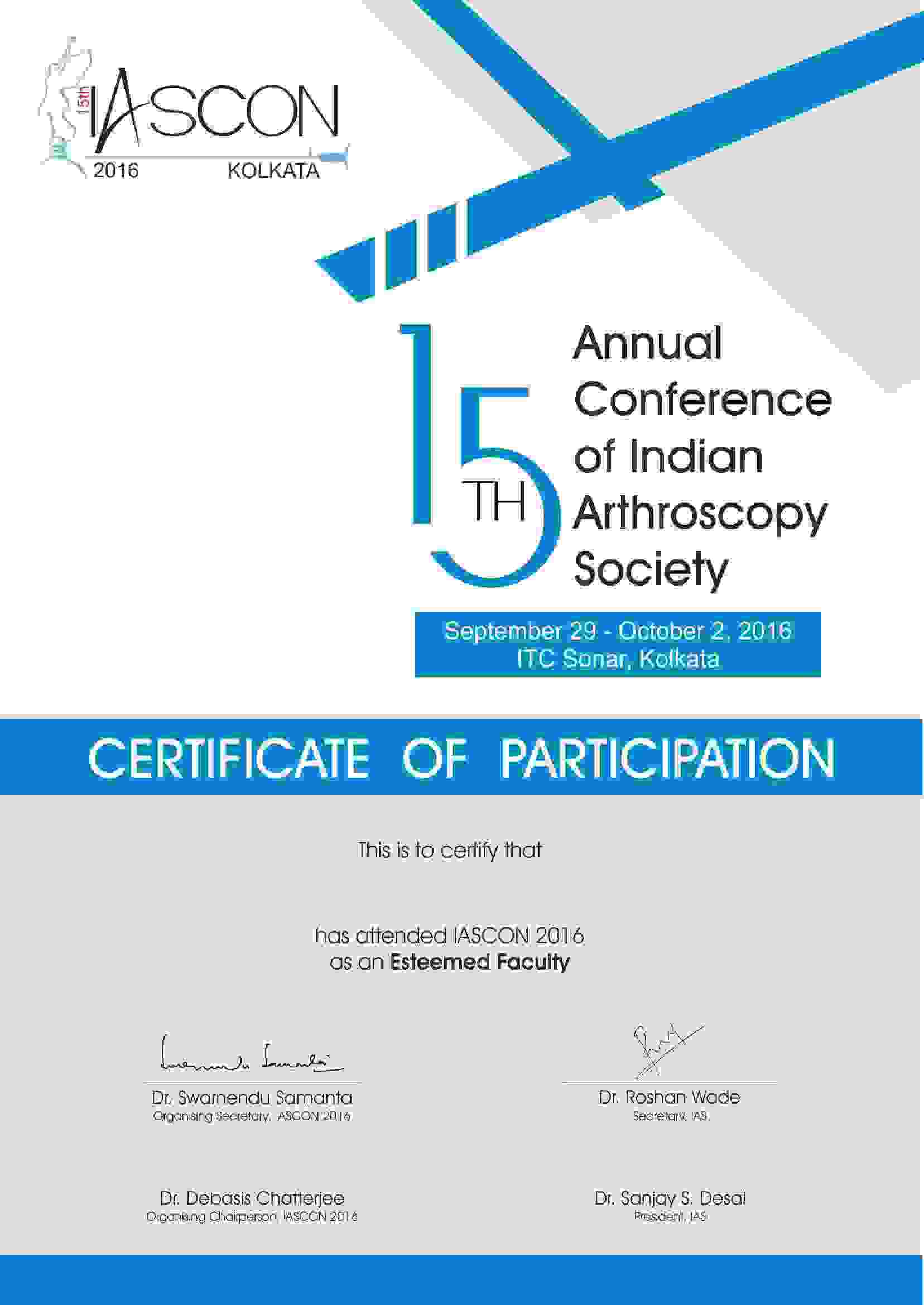Disorders like damages to the coracoclavicular ligaments are very common. Many treatment methods exist for AC joint dislocations. Some of these conventional approaches include plate fixation, screw fixation, wire fixation etc .The arthroscopic approach is very advantageous for the treatment because of the reason that it involves minimum invasion. Another plus point of this approach is that it also offers a high quality visualization of the coracoids base.
The goal of the method is coracoids isolation followed by passing a tendon graft. The procedure also allows for a very safe passage of the graft. No damage is done to the glenohumeral ligaments.
At first the patient is given intravenous antibiotics, prior to incision. The portal sites are then marked. Insertion of the arthroscope is done into the joint through a proper angle. Any sort of concomitant abnormalities are also corrected. These include SLAP repair, rotator cuff debridement, labral debridement etc.
After the completion of concomitant procedure, arthroscope is placed into the subacromial space. A spindle needle is used to localize the anterolateral portal. The arthroscope is now moved towards this portal for proper viewing. Another anterior portal is created in a similar manner. This shall act as a suitable portal to work around the coracoids. By using radiofrequency, the soft tissue around the coracoids base is now debrided. In order to protect the neighboring nerves, the tip of the cautery probe can placed close to the bone surrounding the coracoid. In order to complete the dissection medial to the coracoid, a clamp is placed through the anterior portal.










